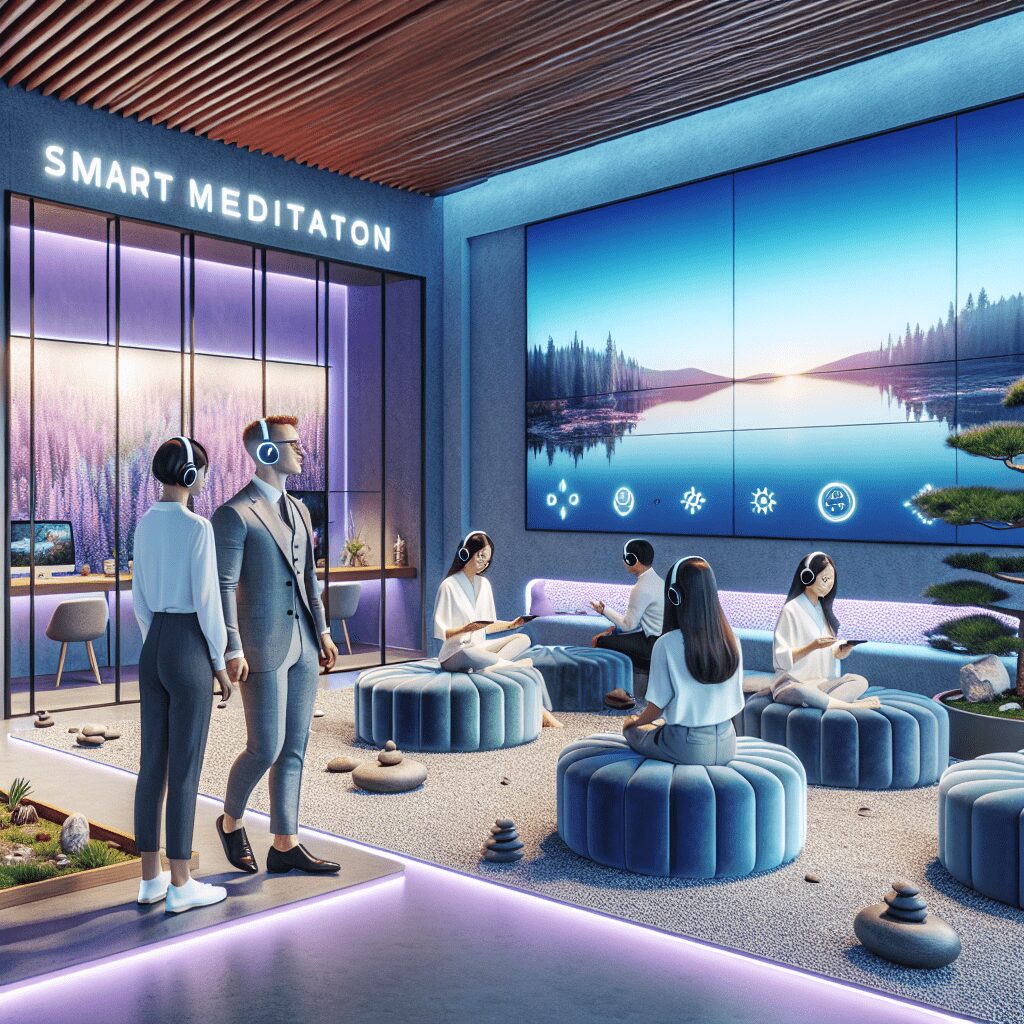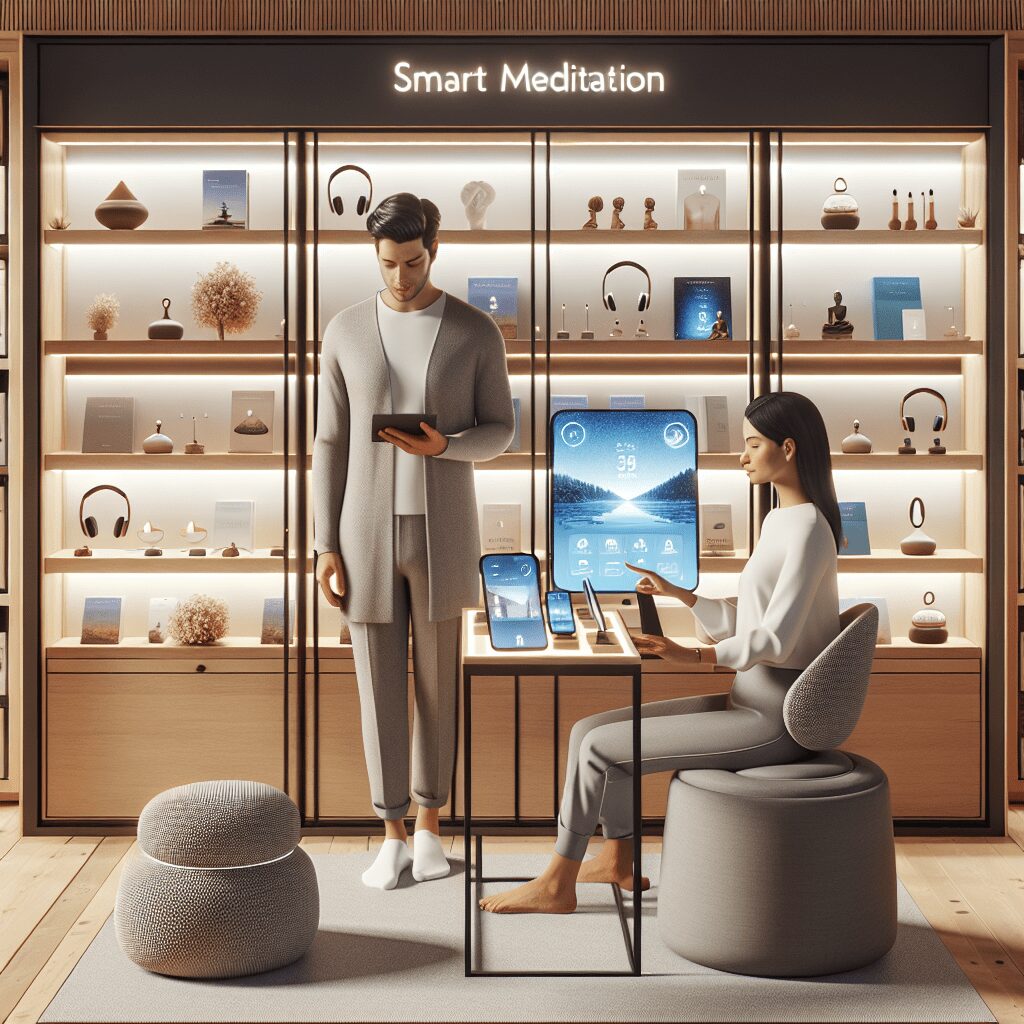
Prioritize your mental well-being daily. Enhance your life by nurturing your mental health with the Smart Meditation app. Break free from stress, alleviate anxiety, and enhance your sleep quality starting today.
Do You Have To Meditate With Your Eyes Closed?
Unlocking the Mysteries of Meditation: Eyes Open or Shut?
When embarking on the meditative journey, myriad questions swirl around newcomers’ heads, and among the most frequent is whether one ought to meditate with their eyes closed. The answer isn’t as cut-and-dry as you might expect. Let’s delve into the dynamics of meditation and the pivotal role of sight in this ancient practice.
The Great Debate: Eyes Wide Shut or Open to the World?
Traditionally, the image that pops into most people’s minds when they think of meditation is someone sitting serenely in a lotus position, eyes gently closed, a picture of peace and tranquility. However, meditation is as diverse as the cultures and traditions that nurture it. While closing your eyes during meditation is commonplace, it isn’t a hard and fast rule.
The Case for Eyes Closed
Closing your eyes during meditation can be particularly beneficial for beginners. It’s a simple way to minimize distractions, allowing focus to turn inward more smoothly. By shutting out the visual noise of the surrounding environment, it’s often easier to delve into a meditative state, fostering a deeper sense of relaxation and concentration. You’re essentially creating a blank canvas for your mind, making it easier to paint the serene landscape of mindfulness or to visualize a calming image without interruption.
The Case for Eyes Open
On the flip side, keeping your eyes open during meditation offers its own set of benefits, particularly within certain traditions such as Zen Buddhism. Here, practitioners often meditate with their eyes lowered, gazing softly at the ground to maintain a sliver of connection with the external world. This method can help ground you, making the practice more accessible in daily life. After all, the ultimate goal for many is to carry that sense of calm and presence into every moment, not just during formal meditation sessions. Moreover, for individuals who might find closing their eyes inducing drowsiness or vivid distractions, a softly focused gaze can keep the mind alert and engaged.
So, Which Way to Go?
At the end of the day, the choice boils down to personal preference and what you aim to achieve with your meditation practice. Are you seeking an escape from the sensory overload of day-to-day life, or are you working to integrate mindfulness more seamlessly into these very moments? Perhaps you’re somewhere in between?
Here are a few tips to guide your decision:
- Trial and Error: Experiment with both methods to see which resonates more. You might find that your preference evolves over time or depends on your current state of mind.
- Consider Your Goals: Reflect on what you’re hoping to gain from meditation. If it’s deep relaxation or exploration of the inner self, eyes closed might be the way to go. Seeking mindfulness in motion? Eyes open could serve you better.
- Mix It Up: Who says you have to stick to one method? Feel free to alternate between eyes open and closed, adapting your practice to your needs on any given day.
In the grand scheme of things, the most critical aspect is that you’re taking the time to meditate, period. Whether your eyes are open to the world around you or closed to its chaos, you’re on a path to greater mindfulness and self-discovery. So, find a comfy spot, adopt the position that feels right, and embark on your journey inward—or outward—with the knowledge that there isn’t a wrong way to go about it.





